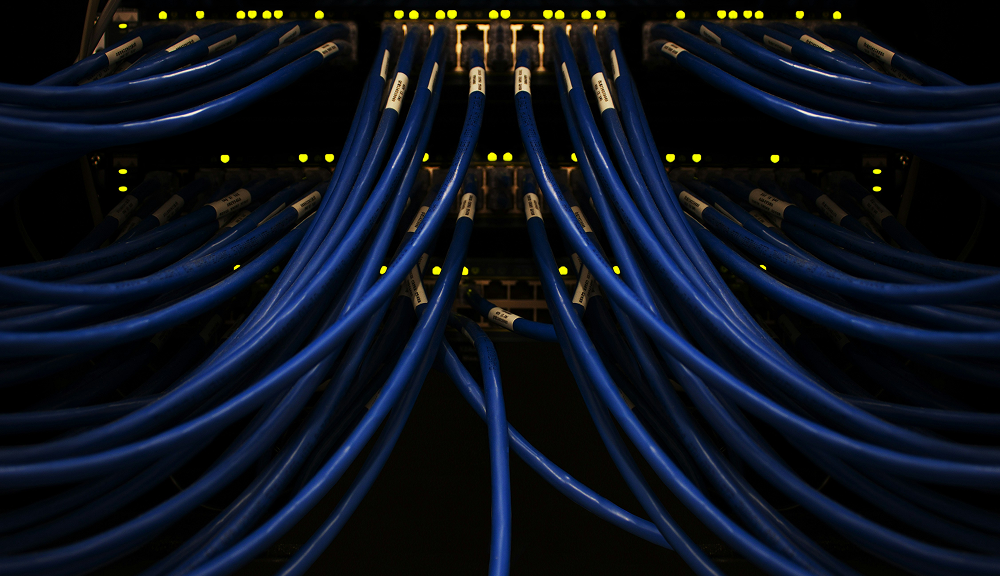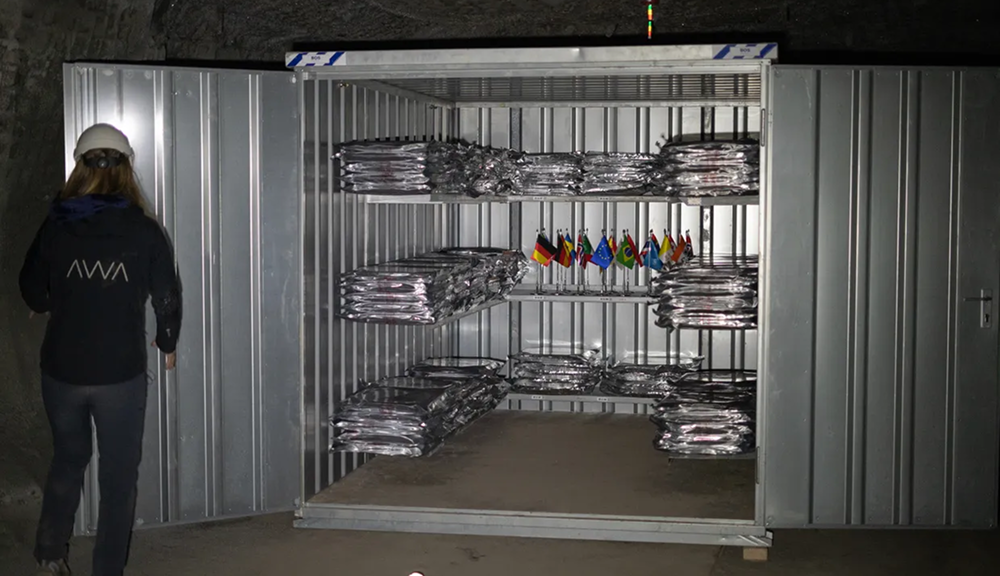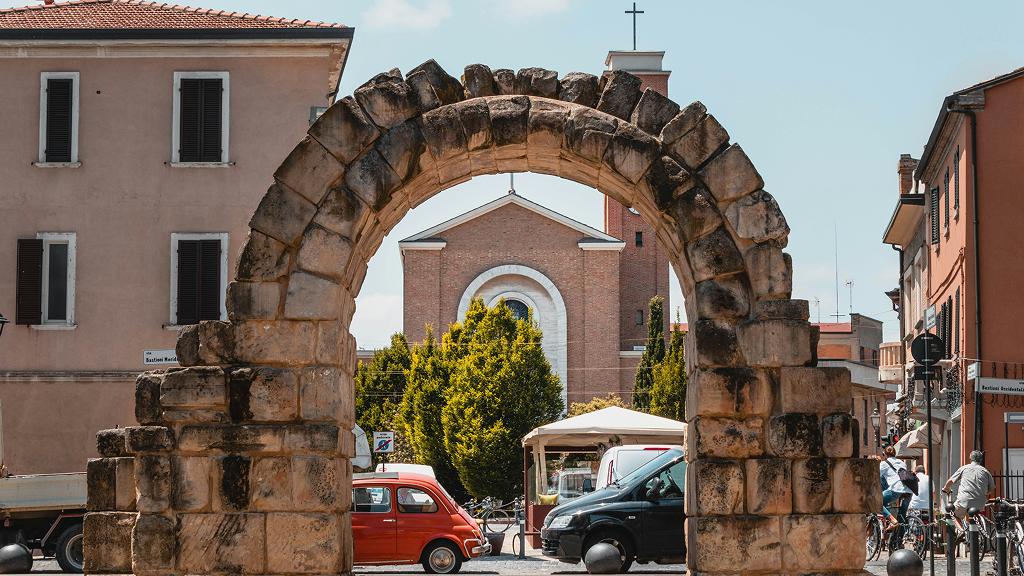

Last year, as I stood in front of a weather-worn stone archway in southern Europe, I felt something unusual: a mix of awe and sadness. Awe, because the stone had been standing there for more than 900 years, shaped by hands long gone. Sadness, because I could see the cracks widening, the moss creeping, the inscriptions slowly fading into anonymity.
At AWA, we often ask ourselves the same question when we encounter sites like this: what will remain when the stone finally gives way?
Preserving historic sites has never been only about bricks and mortar but also preserving identity, memory, and belonging. And in the digital age, we have tools that previous generations could only dream of — technologies that allow us not just to document a site, but to capture it in full detail__, preserve it for centuries__, and even make it accessible to people across the globe__.
This is the story of how we, together with partners around the world, are working to protect historic sites in the digital age.
Why this matters?
Historic sites are fragile time machines. They tell us who we are, where we come from, and, perhaps, what we might become. Yet they face threats from every direction:
-
Climate change — Rising sea levels, floods, storms, and desertification are eroding monuments at an unprecedented pace. UNESCO reports that 1 in 6 World Heritage sites is already at risk from climate impacts.
-
Urban development — Expanding cities often encroach on fragile historic areas, sometimes replacing centuries of history with concrete in just a few years.
-
Conflict and neglect — Wars and instability have destroyed countless cultural landmarks; others simply crumble because there’s no funding for their upkeep.
-
Tourism — Paradoxically, the very people who admire these sites also accelerate their wear. Millions of feet walking over fragile stones leave marks that centuries of wind and rain could not.
When these sites vanish, the loss is permanent. A collapsed arch is not just an architectural feature gone — it’s an entire storyline of humanity erased.
And yet, there is hope. In the past decade, digital technologies have given us an unprecedented ability to capture and safeguard what is too fragile to last forever in the physical world.
What “digital preservation” means for historic sites
When we talk about digital preservation in historic preservation work, it’s easy to imagine someone snapping photos of old stones or storing records in a database. But true historical preservation in the digital age goes much further. It’s about capturing a site so precisely that its story, form, and even its vulnerabilities can be studied, protected, and shared for generations.
Think of it as creating a digital twin of a monument — a replica so accurate that every carving and every crack is preserved. Unlike a photograph, which flattens reality, these digital records hold three dimensions, layers of data, and a kind of memory that can evolve with the site.
Tools Behind the Work
Different technologies bring this vision to life:
- LiDAR scanning sends out millions of laser pulses to map landscapes and structures with incredible detail. It has revealed lost temples in Cambodia, unearthed forgotten cities beneath Central American jungles, and documented fragile monuments at risk of collapse.
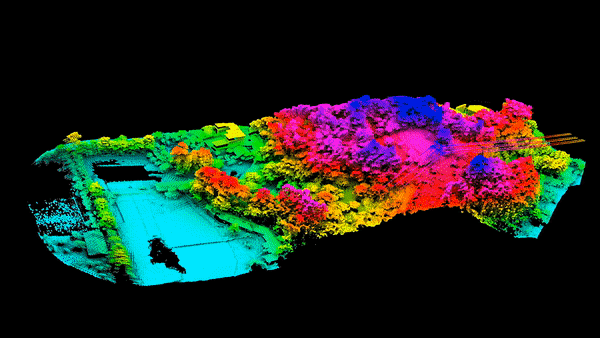
- Drones give us access to parts of heritage sites that humans can’t safely reach — the tops of cathedral spires, cliffside monasteries, or rooftops one strong gust could destroy. Their imagery feeds directly into detailed 3D reconstructions.
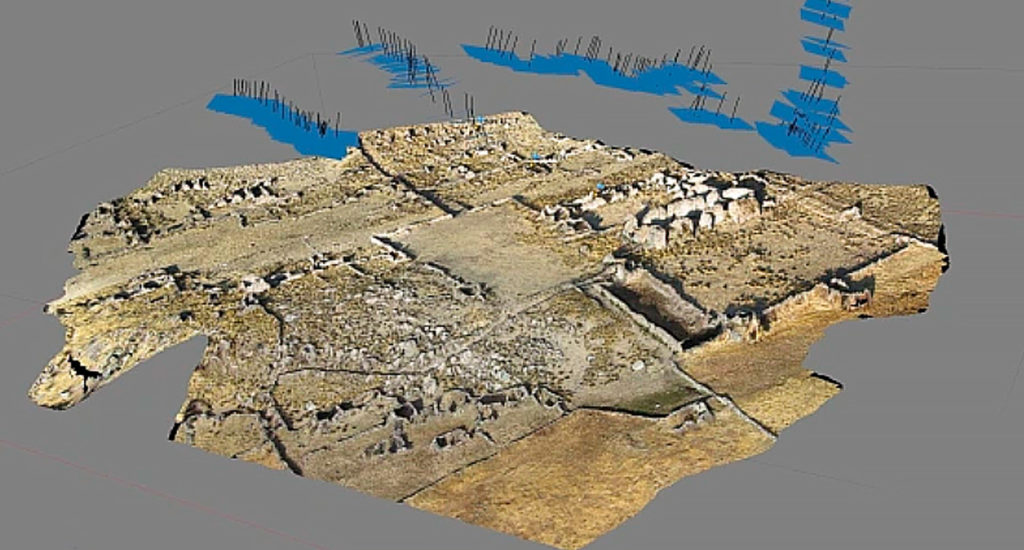
- AI and machine learning help us process this enormous amount of data. Algorithms can spot cracks invisible to the human eye, restore faded inscriptions, and even predict how erosion will progress over time.
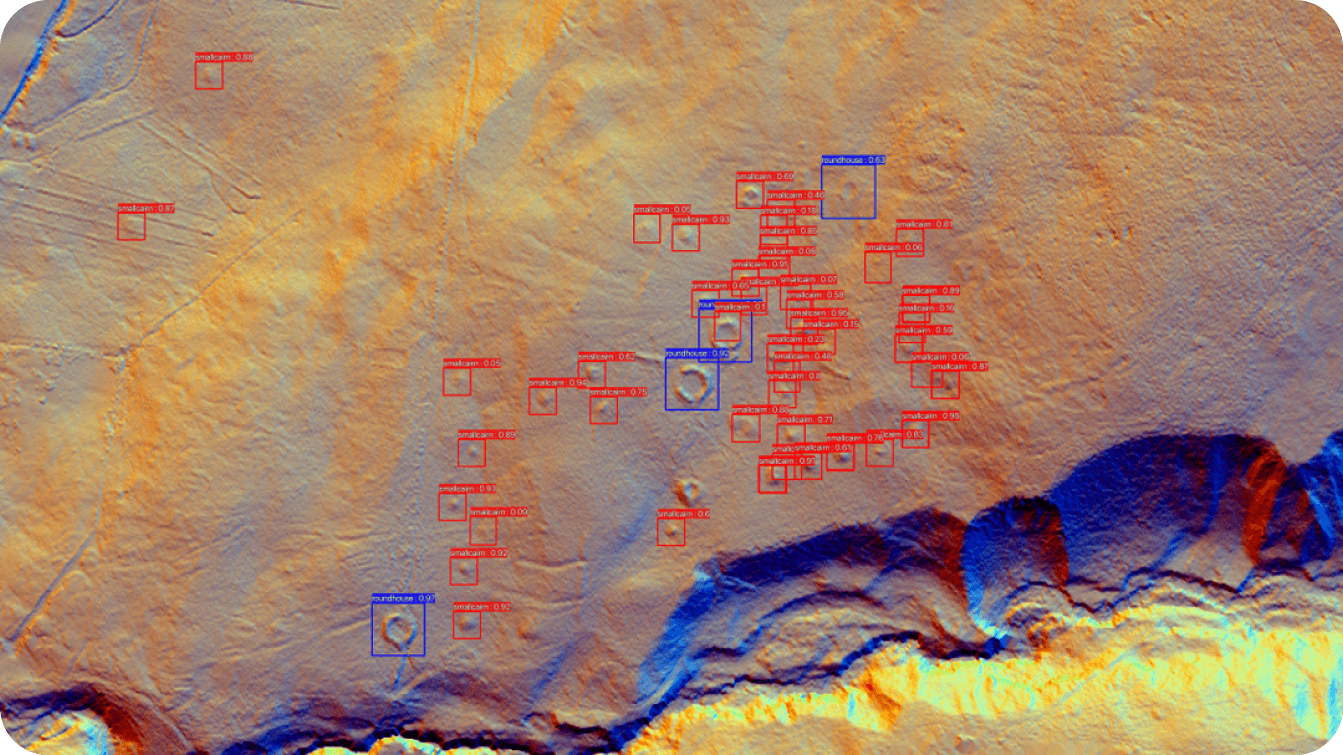
- Virtual and augmented reality bring these efforts back to the public. VR lets anyone, anywhere, walk through a reconstructed ancient city, while AR overlays lost details — like frescoes or carvings — directly onto ruined walls during a site visit.
These tools are not science fiction. UNESCO has been investing in digital documentation for years, and projects like CyArk have already scanned over 200 sites across 40 countries, from Pompeii to Mount Rushmore. A 2023 review in Heritage Science noted that these technologies are now “core to safeguarding architectural heritage.”
Instead of waiting for a wall to collapse, we can monitor, predict, and intervene before damage becomes irreversible. And just as importantly, once digitized, a site is no longer bound to geography. A child in New York can explore a Mayan temple in Guatemala, while a local community can see their own heritage restored in digital form before it fades away in stone.
Challenges & trade-offs
For all the promise of digital tools, historic preservation work is never straightforward. Every scan, every model, every digital twin comes with choices — and with compromises. Preservation in the digital age is as much about asking difficult questions as it is about embracing new technologies.
The cost of preservation
Creating detailed 3D scans or digital twins is resource-intensive. High-end LiDAR equipment, drone fleets, or long-term sensor networks can cost thousands of dollars, not including the trained experts needed to operate them. For wealthier nations, this is a manageable investment. But for communities already struggling to maintain their heritage, the question becomes: what is historic preservation worth when resources are limited? Choosing which sites receive attention often means others remain at risk.
Data that outlives the technology
One paradox of historical preservation in digital form is that the data itself needs preservation. A laser scan produces terabytes of information. Where do we store it? How do we ensure that future generations can still open today’s file formats in 50 or 100 years? Archivists call this the digital obsolescence problem, and it’s very real. Without long-term planning, today’s cutting-edge scans could become tomorrow’s unreadable files.
Balancing access and protection
Another dilemma lies in how much of a site’s digital model should be shared. On one hand, open access democratizes heritage, allowing anyone to explore and learn. On the other, high-resolution models can be misused — for example, by looters who study 3D scans to plan illegal excavations. This raises ethical questions: who owns the digital twin of a historic site, and who decides how it should be used?
Human and cultural dimensions
Finally, we must remember that historic preservation work is not just about stone, data, or technology. It’s about people. Digitizing a site without involving local communities risks turning heritage into a sterile artifact. True preservation must_include the voices, traditions, and stories_ of those who live alongside the ruins. Otherwise, we risk keeping the shape of history but losing its soul.
In the end, these challenges remind us that historic preservation is a living practice, not a perfect science. Every decision carries weight: what to save, how to save it, and who gets to remember. The digital age has expanded our tools, but it has also deepened our responsibility.
Our approach at AWA
At AWA, we often say that historic preservation is not just about saving the past but about making sure the future can still access it. Our mission has always been to safeguard humanity’s memory, whether that means archiving the world’s literature, knowledge, or the physical traces of our shared heritage.
Turning fragile sites into enduring records
When we work with partners on historic preservation work, our first step is always the same: respect the uniqueness of the site. Every monument, every ruin, every inscription carries not only material value but cultural meaning. To honor that, we don’t just create digital scans, models, and reconstructions — we ensure they will survive for generations. That’s why we store them on piqlFilm, a future-proof medium designed to last for centuries.

Unlike conventional storage, piqlFilm is a photosensitive film that remains stable over time, immune to technological obsolescence. And once secured in the Arctic World Archive in Svalbard, under stable temperatures and geological safety, these records are preserved with a time horizon measured in centuries, not decades.
From global projects to local communities
Our work is deeply collaborative. We partner with international institutions, national heritage agencies, and local communities to ensure that historical preservation projects reflect the voices of those closest to the sites. For us, preservation is never just technical. It is also social: recording oral histories, integrating local knowledge, and making sure that digital records don’t become detached from the people who give them meaning.
Growing collaboration with UNESCO
One of our most important partnerships is with UNESCO, whose World Heritage List includes more than 1,200 sites across 170 countries. Many of these treasures are threatened by climate change, conflict, or neglect — and more than 50 are already listed as “in danger.”
Our collaboration with UNESCO strengthens both sides of the mission. While UNESCO identifies and monitors the world’s most valuable sites, AWA provides the long-term digital preservation they need — storing detailed scans, records, and reconstructions in the Arctic World Archive. Together, this ensures that even if the physical sites are damaged or lost, their memory, structure, and story survive.
Recommendations
After years of working with partners around the world, we’ve learned that successful historic preservation workdepends as much on good process as on good technology. Tools are important, but how they are used — and by whom — determines whether a project truly safeguards heritage or just stores files.
1. Start with the “why”
Before any scans or recordings begin, the key question is: _why is historic preservation important for this site?_Understanding the cultural, historical, and social value ensures that projects focus on meaning, not just material. This also helps build local support and secure funding, since communities are more likely to engage with work that preserves their identity.
2. Plan for longevity
Data captured today must still be usable in 50 or 100 years. That means using open standards, thorough metadata, and storage solutions designed for the long term. At AWA, we rely on piqlFilm because it avoids the risks of digital obsolescence and ensures files remain accessible even as technology changes. Historical preservation is only meaningful if tomorrow’s researchers can still access what we save today.
3. Balance access and protection
One of the most delicate parts of historical preservation is deciding how much access to provide. Open access encourages education and global appreciation, but some sensitive details — for example, precise locations of artifacts — may need restrictions to prevent misuse. Best practice is to involve both heritage professionals and local communities in access decisions, balancing learning with protection.
4. Involve local communities
Historic sites don’t belong only to the past — they belong to the people living around them today. Engaging local voices is critical. From collecting oral histories to training community members in basic documentation methods, inclusive projects lead to richer, more authentic preservation. They also ensure that the “soul” of heritage survives alongside its physical and digital form.
5. Build for collaboration
No single organization can do it all. The most resilient historic preservation work comes from partnerships: between archives, governments, universities, local custodians, and global organizations like UNESCO. Collaboration multiplies resources, expertise, and visibility, ensuring that preservation isn’t isolated but part of a worldwide movement.
Historic preservation has always been about more than stone and mortar.
It is about memory, identity, and the stories that make us human.
In the digital age, we now have the tools to capture these stories with extraordinary precision and to safeguard them for centuries. But technology alone is not enough — it takes collaboration, planning, and a shared commitment to ensure that the past continues to inspire the future.
At AWA, our role is to make this possible. By combining cutting-edge documentation with piqlFilm and secure storage in the Arctic World Archive, we help ensure that fragile sites and cultural treasures are never truly lost. Whether working alongside local communities or global organizations like UNESCO, we see preservation as a responsibility we all share.
If you are part of an institution, community, or project looking to secure your heritage for the generations to come, we’d love to hear from you. Contact us today to explore how we can work together to turn your preservation goals into enduring legacies.


